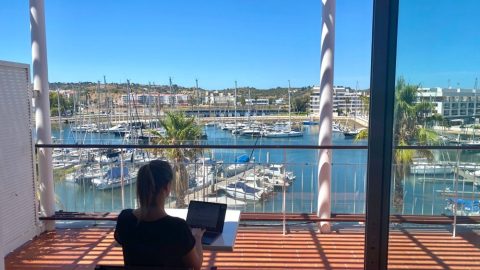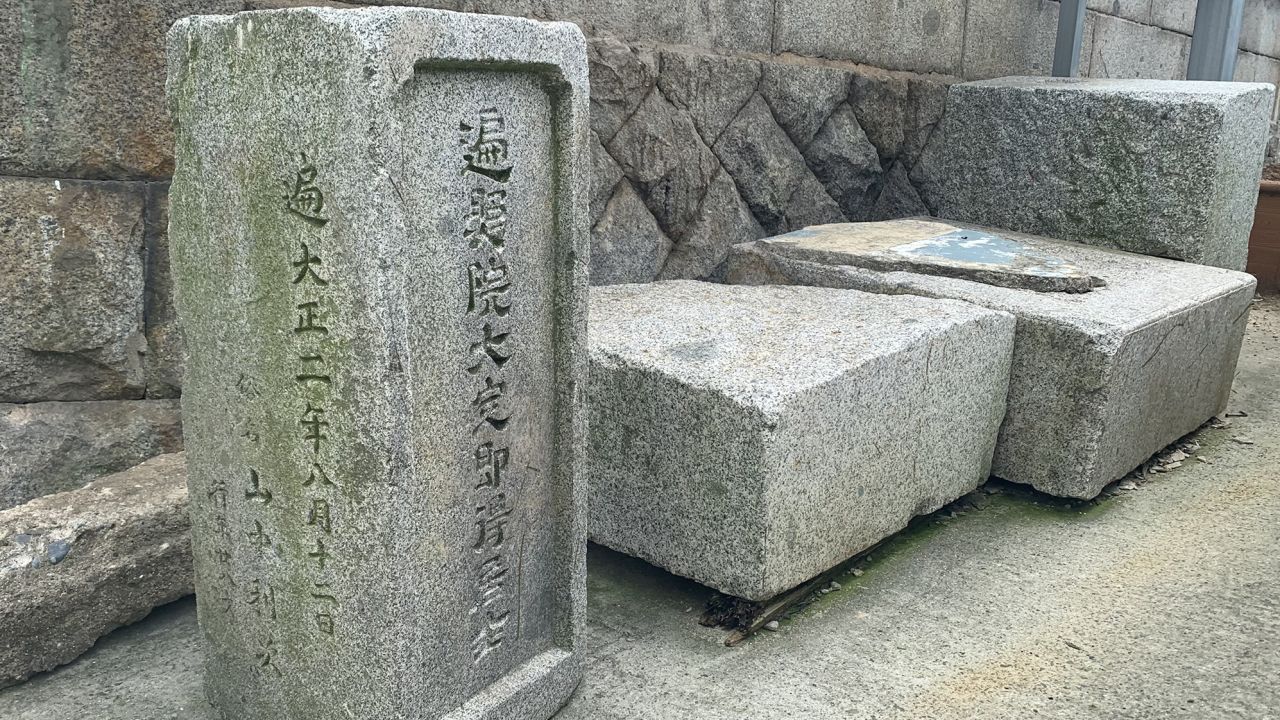(CNN) — For nearly half of the entire history of commercial aviation, long-haul flights have conjured up images of large, wide-bodied aircraft, with two aisles, up to 10 seats in every row, spacious overhead bins and, more recently, shiny on-demand tablet-style entertainment systems.
That’s in sharp contrast to smaller narrow-bodied aircraft, with their single aisles, six seats per row and, generally, less space and comfort.
But before the Boeing 747 started carrying passengers in 1970, narrow-bodies were the standard for long-haul air travel, although their definition of “long haul” wasn’t quite what we know today.
The Boeing 707s you might remember from that “Pan Am” TV show nearly 10 years ago, say, could barely make it from London or Paris to New York without needing to refuel, often at Gander in Newfoundland, although they were faster and quieter than anything seen before.

A 1960 photo shows an American Airlines Boeing 707-120B in flight.
AP
On the outside, these jets are more similar to what we’re flying on today — and will fly on tomorrow — than you might think. Even the shape of the nose and the size of the fuselage of Boeing’s 737 airplanes, the world’s best-selling aircraft, are taken directly from the 1950s Boeing 707.
On the inside, meanwhile, while he “never had the opportunity to fly on a 707,” aircraft interior designer Ben Orson, managing director of Orson Associates, tells CNN, “It’s clear that the new generation of single-aisle aircraft benefit from decades of interiors optimization, which has delivered significant improvements in terms of weight, environmental comfort factors — cabin pressure, lighting and so on — space efficiency across seating, linings and bins and lavatory and galley integration.”
That’s certainly a long and technical list, but it all means more space and more amenities for you, the passenger. And if passenger experience has come a long way, so have the airplanes — and their capabilities.
There are three planes in the latest generation of narrow-body aircraft, with the latest engines.
The first is Airbus’ A220, formerly the Bombardier CSeries, which is the smallest of the lot.
The second is Boeing’s 737 MAX, an update of its venerable 737, although its low-slung design means its engine size is constrained compared with the others, so it’s not truly a long-haul machine.
But the third is the real player: the Airbus A321XLR, the most recent member of the A321neo family, an updated version of Airbus’ short-haul workhorse with new internal fuel tanks.
The A321XLR can fly far as those early 707s and more than half again: up to 4,700 nautical miles, or around 10 hours — something like the distance from Florida to the UK, or from Beijing to France.
It’s a sea change and it harkens back to the start of the jet age in 1958, when the Boeing 707 first started flying — at nearly the speed of sound, across the oceans, landing to refuel every four or five hours.

A mock-up model of the cabin of the new Boeing 707 Stratoliner, circa 1957.
Underwood Archives/Archive Photos/Getty Images
In some ways, travel was very different back then
People dressed up, whether flying in first class or in coach. Luggage was checked into the hold, because overhead bins hadn’t been invented yet. Instead, there was the hat rack, a literal shelf above passengers’ heads for light items only.
The overhead bins of today are still a pain point for passengers, and it’s one that today’s aircraft manufacturers are working on.
“Once only possible with larger aircraft, a single aisle long haul will open a world of new routes with all the trappings of long-haul cabin comfort,” Airbus’ head of single-aisle marketing Antonio Da Costa explains to CNN. “On top of offering direct flights to the passengers’ final destination, the A321XLR’s new Airspace cabin is quieter and features a new airy design and larger hand luggage bins, easing boarding-deboarding.”
While today’s planes have on-demand, high-definition video and fast WiFi Internet, inflight entertainment has only been around since the 1960s, with the now-defunct TWA the first to introduce films for everyone on board, projected onto screens in each section of the aircraft.
Individual headsets — which were pneumatic, literally pushing sound through the air via tubes to passengers’ ears — were brought on board in the same decade, and lasted into the early 2000s on older aircraft. A common sight at the time was children leaning their heads against the armrest to hear the audio crackling tinnily from the sockets if their parents declined to pay to rent the headphones.

Cabin service was elegant on board an intercontinental Boeing 707 during a Lufthansa flight in 1967.
Fox Photos/Hulton Archive/Getty Images
But in other ways, the experience was very recognizable
If yoga pants and neck pillows have replaced gabardine suits and expensive hats, the basic layout of the narrow-body passenger experience hasn’t changed all that much.
Up front, passengers on a 707 would have been seated two either side of the aisle, in big squashy recliner chairs that, depending on the airline, would recline a little or a lot.
That’s essentially what you see today unless you’re on a long-haul specific A321, 757 or 737 MAX, which have over the last decade moved from these recliners to convertible flatbed sleepers — usually still two-across, though.
In economy, the configuration was the same as we see today as well: three seats on either side of the aisle. They were a lot thicker and a fair bit more padded than now, but modern industrial design engineering is working hard on improving today’s seats.
Mark Hiller, chief executive of Recaro Aircraft Seating, which makes both short-haul and long-haul seats, explains that “when selecting the right products and features, the passenger seating experience on a A321XLR can be on the same level as on any wide-body aircraft. The given size of the fuselage allows for a more generous seating layout compared with other aircraft types and our RECARO seating solutions further improve this.”
That fuselage size point is another important one when thinking about today’s passenger experience versus yesterday’s.

A computer rendering of the narrow-body Airbus A321XLR
© AIRBUS S.A.S 2019
Boeing’s 737 is essentially still the same cross-section as the 707, but the Airbus’ A321’s fuselage is a fair bit bigger, which means seats can be a full inch wider — 18 inches rather than 17 inches. Indeed, at a time when people are simply taller and broader in frame than they were 60-70 years ago, 18 inches is even wider than many long-haul aircraft seats, and a seat’s width is one of the most important factors in whether we think it’s comfortable or not.
As the 1950s and 1960s gave way to the 1970s and 1980s, more efficient aircraft replaced the original long-haul narrow-body jets, including the narrow-body Boeing 757 that today’s Airbus A321neo family is itself replacing in turn.
But key to the story of these aircraft is that their smaller size meant then — and means now — that you can fly nonstop to more destinations, especially if you live somewhere that isn’t a megahub like London, Atlanta or Dubai.
So even if you’re not persuaded by the idea that long-haul narrow-bodies can have the same seats as long-haul wide-bodies and be just as comfortable, if not more so, you now have the choice of a nonstop flight and cutting several hours off your journey — and that’s a comfort in and of itself.
Top image: The Boeing 707 Jet Stratoliner Number One under construction at Boeing’s Transport Division in Renton, Washington, circa 1958. (Central Press/Hulton Archive/Getty Images)






Recent Comments